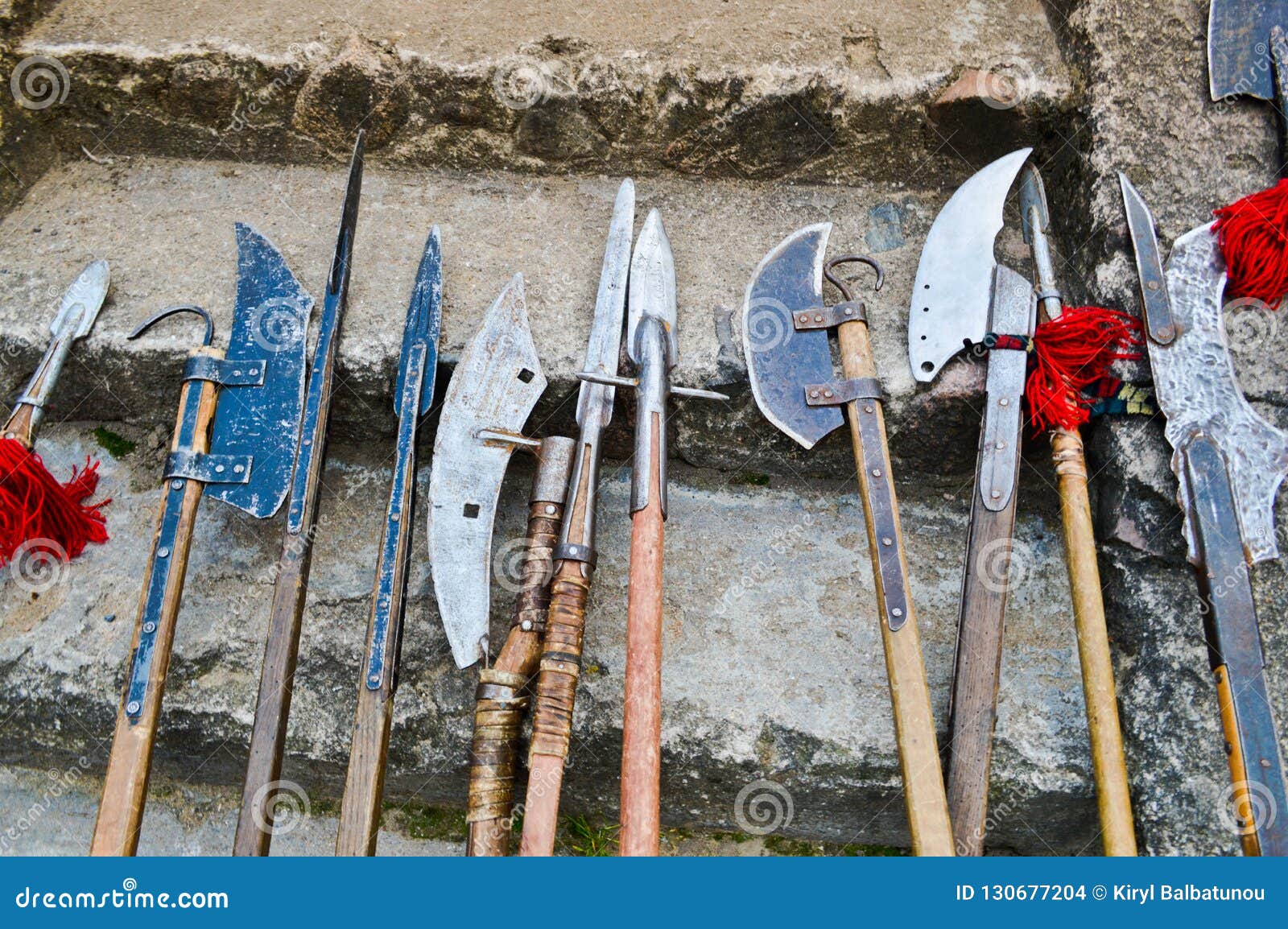

He died in battle, but his reputation as a fierce warrior lived on. Harald Hardrada : He was a Norwegian king and a skilled warrior who fought in the Battle of Stamford Bridge, which was one of the most famous battles of the Viking Age.It is said that he discovered Vinland, which is believed to be located in present-day Newfoundland, Canada. Leif Erikson: He was a Nordic explorer and one of the first Europeans to set foot in North America, before Christopher Columbus.He was known for his daring raids and was said to be a great leader. Ragnar Lothbrok – A legendary Viking warrior and ruler, said to have been the father of several famous Viking warriors, including Ivar the Boneless and Bjorn Ironside.Many Vikings have become famous throughout history for their exploits and achievements. It's also worth noting that there were many regional variations and differences in ax design and construction during the Viking and Medieval periods, and the types of axes used would have varied by culture and time period.

It had a distinctively shaped head and was used as a tool as well as a weapon. Francisca: This was a type of throwing ax used by the Franks during medieval times.Pole Axe: This was a battle ax mounted on the end of a long shaft, used to deliver powerful blows to opponents while keeping its wielder at a safe distance.It had a spike on the reverse side and was used to deliver crushing blows to opponents. Battle Axe: It was a large, double-edged ax that was used primarily for warfare.Danish Axe: This was a larger, heavier ax that had a longer handle and was usually wielded with two hands.Hand Axe – This was a small, single-edged ax that was easy to carry and could be used for a variety of tasks, including chopping wood and building.Bearded Axe: This type of ax had a downward-curving "beard" on the lower edge of the ax head, making it easier to hook and disarm opponents in combat.It was mainly used for warfare and was wielded with both hands. It's worth noting that the Vikings also used other types of axes, such as the Danish axe, which was larger and heavier than the typical Viking ax and had a longer handle. They were often decorated with intricate designs and inlaid with precious metals. They were attached to a wooden handle using a socket.īoth Viking and Medieval axes were highly prized possessions and were passed down from generation to generation. These axes were larger than Viking axes and the heads were usually made of steel. Medieval axes, on the other hand, were used primarily for warfare and had double-edged heads with a point on the reverse. The heads were usually made of iron and attached to a wooden handle by means of a tie or socket. Viking axes had a single pointed head, making them suitable for a variety of tasks including chopping wood, building, and fighting. Viking axes were typically smaller and more versatile than their medieval counterparts, which were larger and used primarily for warfare. Vikings and medieval Europeans used axes as weapons and tools.


 0 kommentar(er)
0 kommentar(er)
